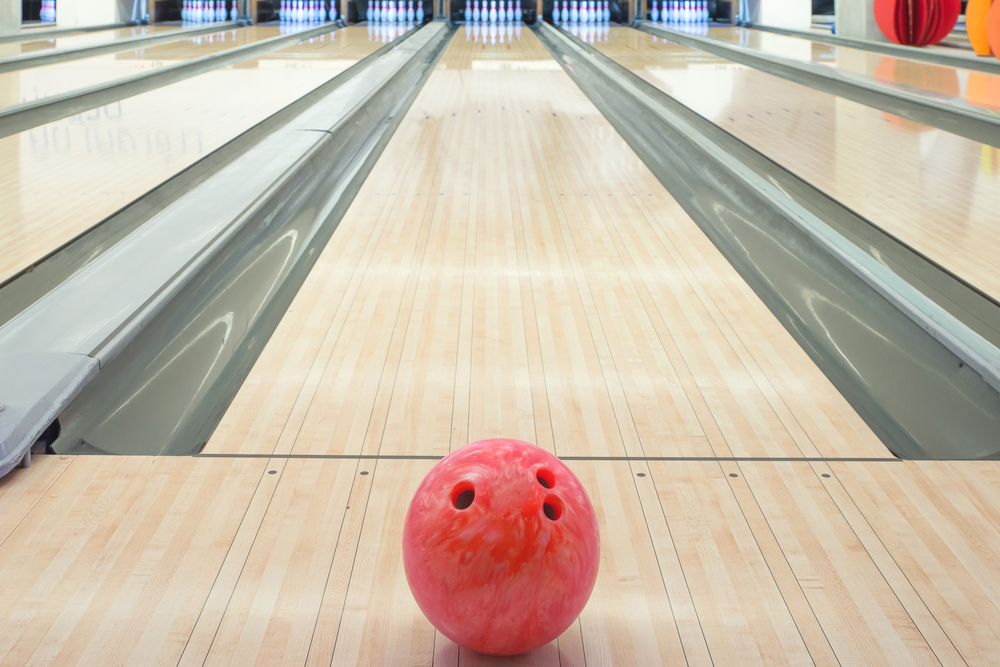
Bowling has been around for centuries, with the first recorded game in ancient Germany. The game has evolved over the years, but one question remains: are bowling alleys flat? Are bowling lanes flat?
It is crucial to consider the physics of bowling when determining if bowling alleys are genuinely flat. Let's cut to the chase!
Contents
- 1 Are Bowling Alleys Flat?
- 2 Do Bowling Lanes Have a Slope?
- 3 What Is the Slope of a Bowling Lane?
- 4 How Long Are Bowling Lanes?
- 5 How Wide Is a Lane on a Bowling Alley?
- 6 How Thick Is a Bowling Alley Floor?
- 7 What Are Bowling Alley Lanes Made Of?
- 8 Why Are Bowling Lanes Different?
- 9 Frequently Asked Questions
Are Bowling Alleys Flat?
No, bowling alleys are not flat but have a slight slope of about 0.40 inches across 39 boards. This slight incline allows the ball to roll down the lane because if they were completely flat, the ball would stop instead of rolling. The incline also helps to give the ball a little spin so that it hooks as it approaches the pins.
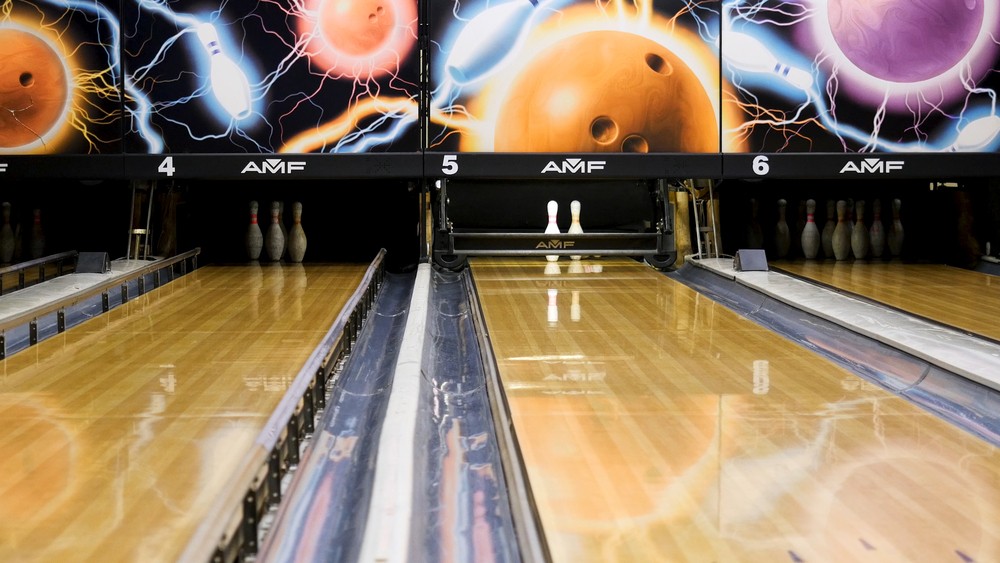
Do Bowling Lanes Have a Slope?
Regarding the angle of a bowling lane, there isn't one specific answer because different bowling lanes are unique in their way.
From the ones I have visited, I noticed a slight inclination, or slope, of about 0.40 inches across 39 boards which translates to about 1.42 degrees.
This is a tiny tilt that is often not seen with open eyes. However, if you place a water level measuring tool on different spots, you'll be able to see the difference.
Again, while 1.42 degrees may not seem like much, it can make a big difference in how the ball rolls down the lane.
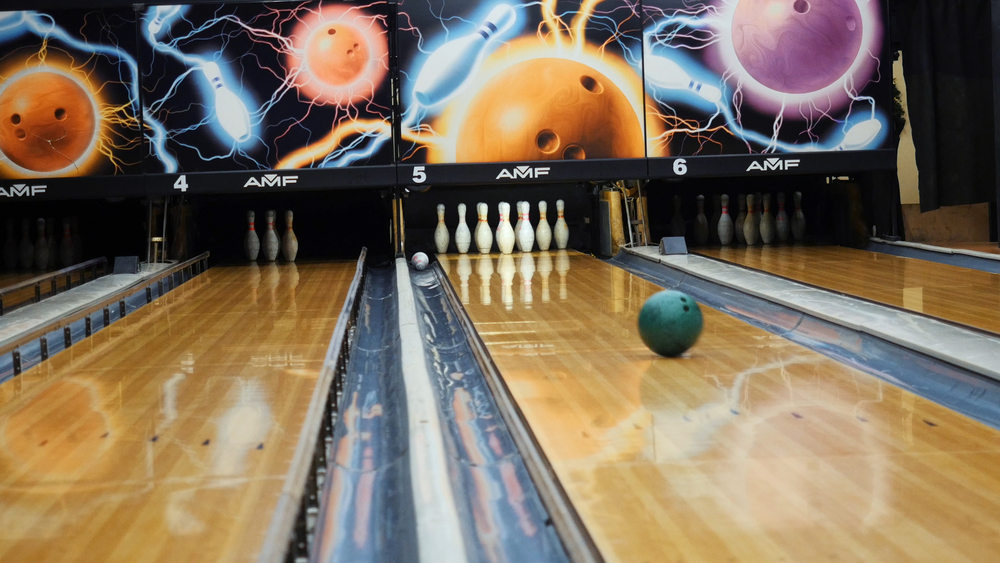
What Is the Slope of a Bowling Lane?
You need to understand that the inclination of bowling lanes is regulated by the United States Bowling Congress (USBC). They set the standard for how much slope bowling lanes can have from the foul line to the headpin. This ensures that all lanes are uniform and that no one has an advantage over another bowler.
At a typical ten-pin bowling alley, the lane is inclined by approximately 40/1000" (1 mm) from the foul line to the pins at the other end. The slope is typically 1/1000" (.025 mm) per board. This means that for every board that the ball travels on, it will drop .025mm.
When done in inches, for each board n lane, (.040"/39=~.001")
This slope is generally very gradual to ensure that the ball will roll down the lane at a consistent speed and helps to prevent it from jumping or hopping off the surface.
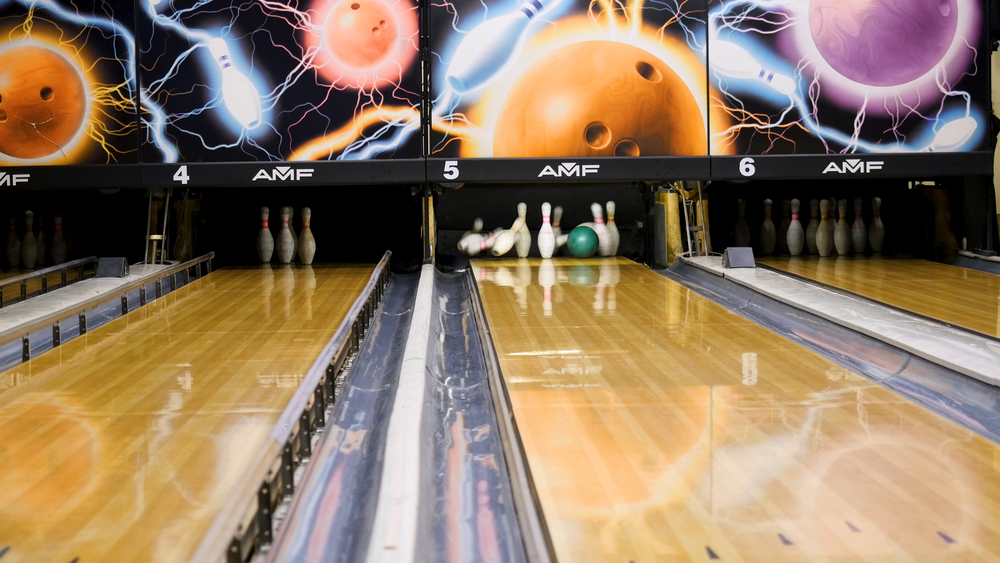
How Long Are Bowling Lanes?
A typical bowling lane is 18.288 meters long, which is about 60 feet. The United States Bowling Congress established this official length in 1997.
Many bowling alleys have lanes that are this standard length, so you can be sure that you're playing on a level playing field when you step into a lane at your local alley.
How Wide Is a Lane on a Bowling Alley?
The standard ten-pin bowling lane is 42 inches wide, or 1.0668m. This is the standard size for all bowling lanes in the United States. The lane's width impacts how the ball will roll and how difficult it is to make a strike.
How Thick Is a Bowling Alley Floor?
When it comes to the thickness of a bowling alley floor is about 2.5 inches thick. This thickness is necessary to support the weight of the lanes, pins, and balls. The floor must also withstand the constant wear and tear of being a bowling alley.
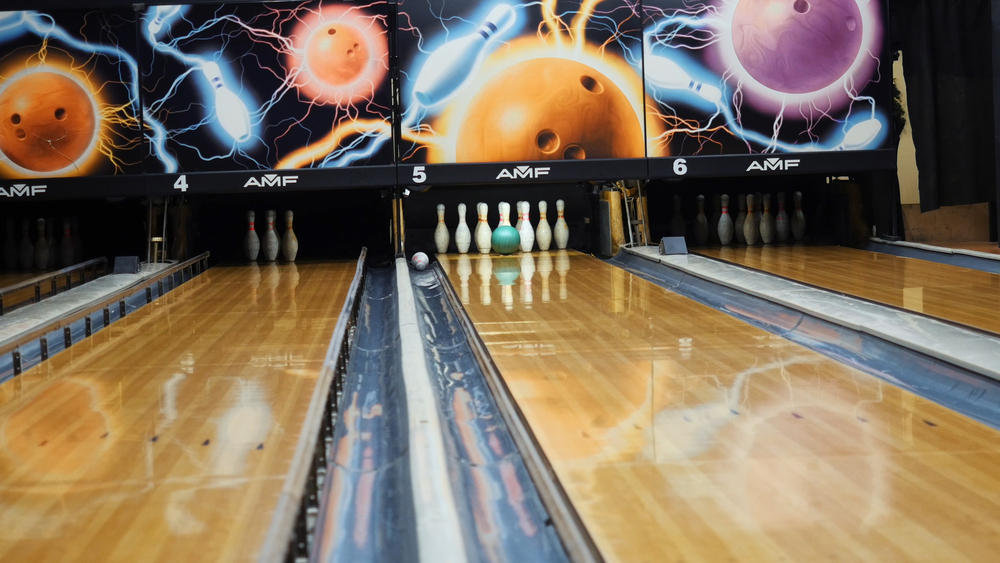
What Are Bowling Alley Lanes Made Of?
For those that love the game of bowling, it is important to know what the lanes are made of, as the surface of a bowling alley lane is critical to the game.
There are two types of materials that bowling alley lanes are made of:
- Wood with overlays is the original material used for bowling alley lanes. This lane has a hardwood base that is then covered with an overlay. The overlay is usually made of softer wood, such as maple, providing a smooth and consistent surface for the bowling ball to roll.
- Synthetic materials. Synthetic lanes are entirely made from artificial materials, such as plastic or fiberglass.
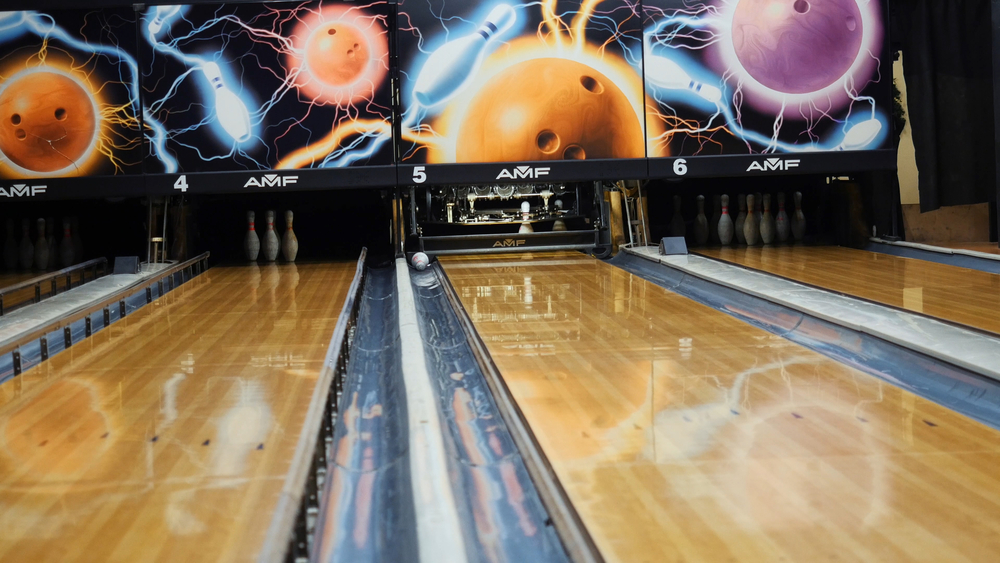
Why Are Bowling Lanes Different?
The lanes at your local bowling alley may look different from those in another alley, and you might ask, why is that so?
The materials used to build bowling lanes, the oil patterns applied to them, and the company that installs them all contribute to these differences.
Oil patterns significantly affect how a bowling ball will react when it hits the lane. Different oil patterns can make the ball hook more or less, and they can also affect the speed of the ball.
Frequently Asked Questions
How Long Is the Approach on a Bowling Alley?
A bowling alley is a rectangular room with a hard, polished surface. The approach to the lane must be not less than 4.572m (15 feet) in length. The player must deliver the ball within the space between the foul line and the near edge of the lane without touching any part of the lane.
Why Are There Gutters in Bowling?
Gutters in bowling are there to catch bowling balls that roll off the lane. They are usually made of metal or plastic and placed at the lane's edge. Without gutters, bowling balls would roll down the lane and into the gutter, making it difficult to bowl. They help keep the game of bowling fair by ensuring that bowling balls stay on the lane.
Are All Bowling Alleys the Same Length?
According to USBC, the standard length for a regulation bowling alley is 60 feet from the foul line to the center of the headpin. However, there are shorter and longer lanes available. Shorter lanes are typically found in family entertainment centers and can be as short as 38 feet. More extended lanes can be up to 80 feet long and are often used for competitive bowling.
Related Articles
It is OK to say that bowling alleys are not flat. They are slightly inclined to create the desired effect for the game. This slope helps the ball roll a certain way, ultimately affecting a player's score.
Kira Byrd, a Certified Fraud Examiner, holds a B.S. in Accounting from the University of Alabama at Birmingham. With a passion for bowling from her childhood, Kira has poured her expertise and personal experiences into creating and nurturing Bowling For Beginners. Kira's mission is to meet new bowlers where they are and guide them toward consistently achieving higher scores. With a focus on skill development and strategic techniques, she empowers readers to take control of their game and unlock their true potential.
Bowling For Beginners embodies strict editorial integrity, ensuring reliable and unbiased information. Kira's commitment to delivering valuable insights and practical strategies is reflected in every article. Here's an explanation of our editorial policy and how we get money.





